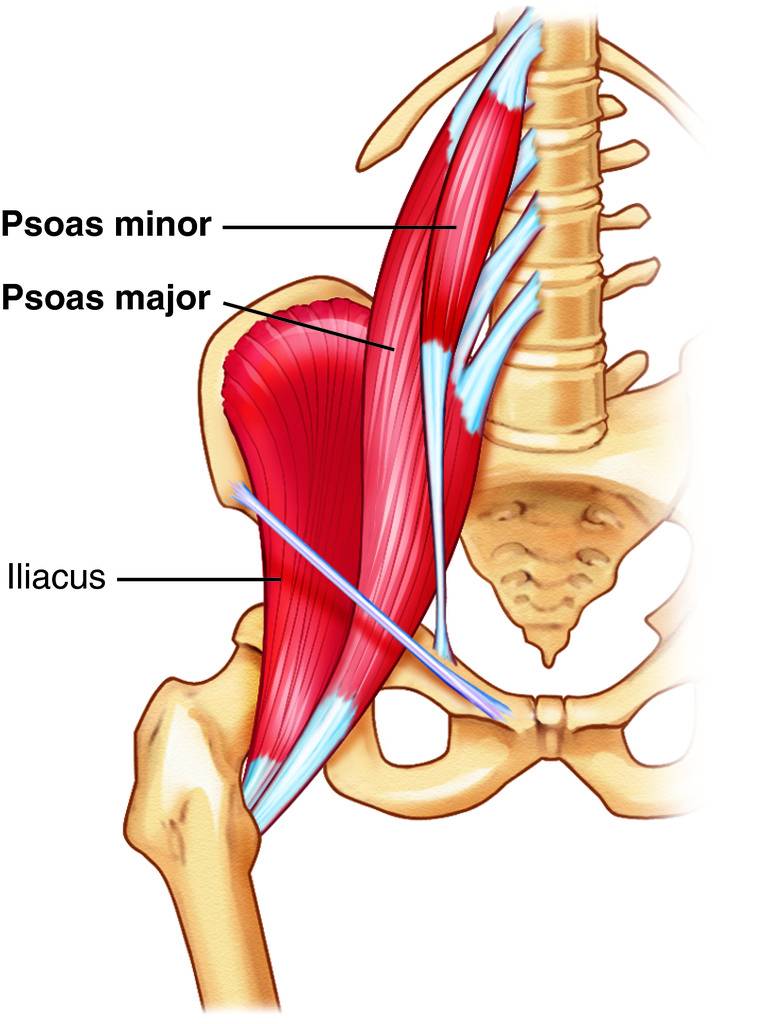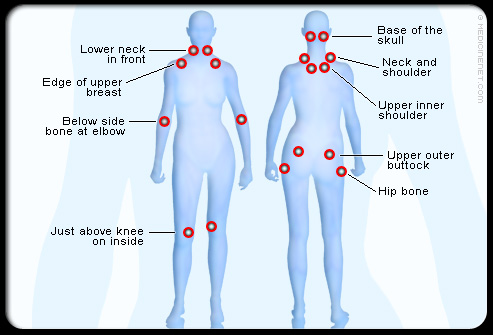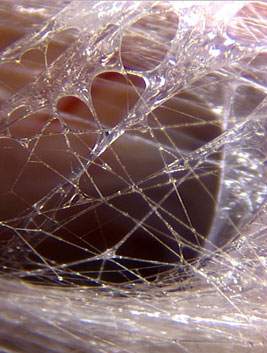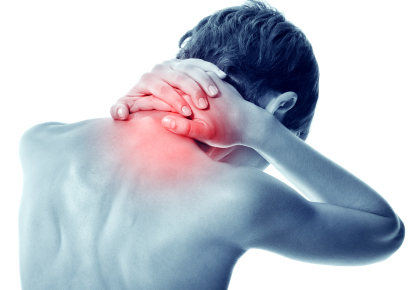by SharonHartnett | Dec 31, 2017 | craniosacral, Craniosacral Therapy, Energy Healing, Massage, Structural Integration, upledger institute
Chronic Pain throws a jolt into life, doesn’t it?
One of the most difficult things about chronic pain is that there is no break. The body continually sends signals to the brain that say “OW”, and there is no rest on a physical level. If your chronic pain is lasting days, weeks or even months, you need some help. And if your chronic pain is coming from an illness level, it’s important that you seek medical help. In addition to that, naturopathic and/or functional medicine can also be very helpful in supporting an overall maintenance or health recovery.
What I would like to talk about is twofold. The myofascial component of pain, and also how the mind reacts to pain.
- Fascia-If there is inflammation in the body, it often affects the fascia as pain or dysfunction of some sort. In the reverse, if the fascial body is tight, disorganized or unhealthy, it can also cause pain patterns. Because fascia interacts with all the living things in your body, it is important to address any myofascial issues that contribute to your chronic pain. The problem is that most people have never even heard of fascia. So they go on medications and travel the traditional route looking for answers. Sometimes- the answers are there. Sometimes not. Mostly, in my practice I receive clients who have found no resolutions anywhere. So what do we do? We begin a dialogue between my hands and the person’s fascia. The body tells me where to go. Whether there are tight sheets, torques, pulls, resistance or whatever- we work there until the soft tissues start to melt and re-vigorate. I look for more hydration, flexibility, motion and general health in the fascia. When this happens, compression and dysfunctional patterns disappear, leaving more flow and energy to help self-correct the physical body. The body eventually begins to feel more space and alignment, and voila- you can breathe again.
- The Mind- It plays a huge part in how we respond to physical pain. It is true, that as human beings, we can suffer with physical pain. But there are other things that can make pain worst. And usually, believe it or not- when we ignore our pain- the pattern usually gets worst. Ignoring our bodies does not create better health. One thing that is helpful to do to relax pain patterns is to do a breathing meditation, Breathing with awareness helps to bring motion back into the body. Motion is vitality. On top of that benefit, when we start to notice our thoughts, and beliefs, we become more empowered in understanding how our mind is organized. When we experience our bodies, with gentle awareness, pain often softens and can actually subside. As we question our unhealthy thinking, the mind expands, and so does the space inside of us. I know, that sometimes it is easier to resist the pain- but that really doesn’t help long-term. Take some time each day to find the silence in the moment, the places in your body that are feeling good, or ask for loving kindness to fill you up. The mind’s relationship to pain is important. If you want to feel better, it is crucial that you start to explore other conscious choices.
I have worked with people on the table for close to 30 years. Chronic Pain is not the easiest thing to shift. But with a holistic approach, I have seen people get better, and heal. Looking at the foods you eat, your exercise schedule, how you think and act, along with your meditation practice can truly help. Finding a person to journey with you and support you through modalities like SomatoEmotional Release can be life changing.
Remember, that chronic pain can be a lonely place. Don’t leave yourself in that position. Get some help because your life is important.
Sharon Hartnett LMT, CST-D, SomatoeEmotional Release, SI, BHSP, Hakomi
703 509-1792
www.craniosacraltherapistcolumbus.com
Serving The Columbus Area
www.upledger.com

by SharonHartnett | Sep 21, 2016 | Massage License in Ohio: 33.007505-H-K, better posture, Craniosacral Therapy
Do you want to find more balance and freedom in your body?
It all starts with a core muscle in the body called the Psoas Muscle. Better Posture is Possible at any Age.
This deep muscle is a connector between the torso and the leg. It originates in the lumbar vertebrae, crosses through the deep abdominal area until the it attaches to the smaller trochanter of the femur. It’s influence over how you walk and move can not be overrated. When it is out of balance, it can negatively affect the spine, and contribute to lower back and pelvic pain. Better posture is key to good health.

Finding better posture
Often you won’t hear doctors talk about this muscle, but it really is one that ought not be ignored. One of the best things you can do is bring your awareness to this core muscle. Why? This muscle is often tight and interwoven functionally with fear, and the fight or flight response. If left overstimulated, it could lead to pain. If you can find away to relax it, you’ll be surprise how much more effortless your movement will become.
Three things that you can do do relax it, and improve posture are:
- Yoga poses can help stretch and release the psoas muscle.
- Laying on your back with your knees up and feet on the ground, while relaxing for 10-15 minutes a day can help wonders.
- Myofascial work and Craniosacral Therapy can relieve deep seated tension around the pelvis and lower back. As the fascia contains the musculature and organs, therapeutic approaches could release restrictions and re-align the spine.
If you are looking for a better posture, look to the psoas and how you can bring more peace and quiet to this part of your body.
Sharon Hartnett LMT
Serving East of Columbus, Ohio
740 966-5153
www.massageincolumbusohio.com
www.upledger.com

by SharonHartnett | Jan 9, 2016 | Craniosacral Therapy, fibromyalgia, Massage License in Ohio: 33.007505-H-K, Structural Integration
Can the Fluidity of Myofascial Work Help Alleviate Fibromyalgia Pain?
Fibromyalgia is a condition which involves widespread pain and hypersensitivity with specific tender points in the muscles. This syndrome can stop people from living their daily lives with ease.
Creating a healthy life style is one way to approach improving quality of life. Some positive ways to improve your sense of wellbeing are: healthy sleep routines, exercise, and of course-good eating habits. But can you find someone who can actually help you through your discomfort with hands on manual techniques to decrease or maybe eliminate the pain?
In more recent times, the importance of working with the myofascial and craniosacral systems has come to the forefront for improving many pain issues. Fibromyalgia is one of the conditions where I have seen clients finally find some relief. Whether it is done by a Craniosacral Therapist, a Myofascial Therapist or a Structural Integration Rolfer type of work, fascia is key in finding support. This is because the superficial fascia is highly innervated, and releasing it can balance the Central Nervous system while bringing about a better quality sense of wellness. But because of the tenderness, it is important to ask your therapist to work lightly and to respect your boundaries for what can be tolerated. Gentle work can be profound too without having to dig in and cause more pain.

Fibromyalgia Relief
If you would like to find a healing response to Fibromyalgia, why not find a fascia practitioner in your area and give it a try. I will say from my experience, that my clients often can sleep better and do find relief. The work will help clients to feel more fluid and more open.
Sharon Hartnett LMT, CST, SI
Located in the Columbus, New Albany area.
740 966-5153
www.massageincolumbusohio.com
www.upledger.com
https://www.fmcpaware.org/m-n/myofascial-pain-syndrome

by SharonHartnett | Jun 9, 2015 | Craniosacral Therapy, Massage License in Ohio: 33.007505-H-K, Structural Integration
One of the chronic physical conditions that benefits best in the world of manual therapy is the lessening of pain for clients by helping to loosen direct and indirect soft tissue restrictions.
In my practice, I have found two areas of massage therapy that have consistently proven to help increase range of motion and to relax the musculatures and other internal systems so that the body can fall back into its natural alignment: 1. working directly with the musculature and 2. also by focusing on fascial tissue.
Most people who have received basic massage know what it feels like to have a muscle worked. You go in and you feel either light or deep pressure going inward and moving in a certain directions. That can feel wonderful. Your circulation increases, stress melts away, and the lymph system works more efficiently, all with an hour of massage. But if you want longer lasting structural change, the fascial component of the work can create longer lasting shifts and release bones and other adhesions that hinder good flexibility. This feels very different in quality when receiving because the intention is to work with this web of tissue that contains and runs through almost everything in the body. Either using fingers, the hand, or an elbow, the practitioner enters the fascial system and helps it to stretch or unwind so that the client can move more freely. She can work with the bones, the viscera wrappings, and all the contents either directly or indirectly while inviting the client to move certain ways to find length and movment. As one point or section is released, the rest of the body feels he tautness let go too, even if on an unconscious level. Everything is connected in the body and the fascia is key into bringing balance throughout the whole structure.

The New Frontier in Pain Relief!t
In the quiet of the body there is nourishment. At the same time, the body also needs to move from the cellular level to the larger systems to stay healthy. Deep myofascial work can do wonders to help you accomplish this by touching into stuck places and releasing old patterns. Through therapies like Craniosacral Therapy with a light touch or Ida Rolf’s 10 Session protocol for Structural Integration, fascial work will bring balance and lightness back into your step!
Sharon Hartnett LMT, CST, SI
Columbus, Ohio
703 509-1792
www.massageincolumbusohio.com

by SharonHartnett | May 1, 2015 | Craniosacral Therapy, Massage, Massage License in Ohio: 33.007505-H-K, mind body & spirit
Neck Pain can occur for numerous reasons.
It could be the aftermath effect of an accident, poor postural strain, a pinched nerve or the result of an illness. Whatever the reason for your pain and discomfort, what matters most is finding the best method that will work to help alleviate your symptoms.
There are some basic things that you can do at home:
- Taking a warm epsom bath full of Magnesium Sulfate can help wonders.
- Put two tennis balls in a sock and place them on the back of the neck while lying on the ground. Relax.
- Place your hand on the back of your neck and press where it hurts. Stretch slowly and gently away in the areas that feels good. Overstreching could make it feel worst so listen to your body.
- Ask your sports trainer to give you some strength building exercises. Very important for long-term recovery.
- Breath and gently turn head in easy directions that are unusual. Various planes of motion benefit.
- Use a Stillpoint Inducer from Upledger for a minute or so, thereafter increasing time each day to help diminish pain.
- Buy a neck traction machine and use as needed.
- Eat healthy foods and exercise. Stay away from processed food and perhaps check in with a functional physician or nutritionist to make sure you are using food as medicine. Changing your diet can help fight against arthritis.

Neck Pain Relief
Things that you can do outside of this are:
- Find a good Physical Therapist who does manual work as well as giving you exercises.
- Swedish Massage helps with Circulation and Lymphatic Flow.
- Find a Structural Integration Therapist who works with posture and movement to help you getting better aligned.
- Craniosacral Therapy helps to relieve dysfunction along the spine and cranium, often helping to relieve pain symptoms.
- Chiorpractors vary in their methods as much as Massage Therapists. Ask questions and state what you want. Some can apply abrupt moves and others can manipulate much more gently.
- Myofascial Massage works with the muscles and the fascia primarily. By lengthening the layers releasing trigger points and knots, clients often feel much better.
- Sometime emotional issues needs to be expressed. Speak with a healer or counselor about what is going on in your life and work towards resolution.
Listening to your body and taking a holistic approach to health is your best option. If you are suffering from neck pain, take this opportunity to turn it around. There is no reason why you should neglect your self-care!
Sharon Hartnett LMT, CST, SI, Brennan Healer
740 966-5153
Columbus, Ohio




